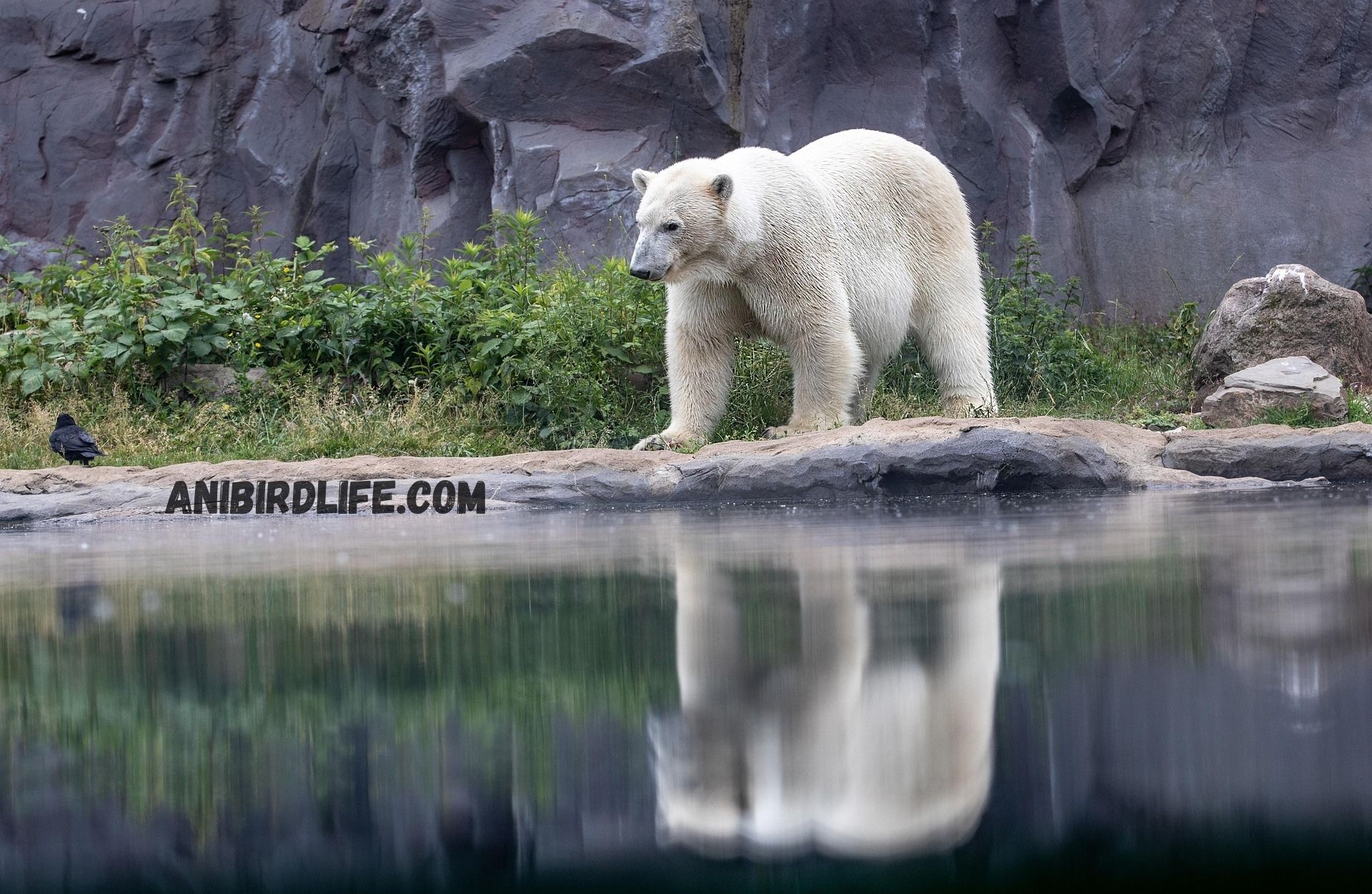Introduction to Arctic Wildlife
The Arctic is a place of breathtaking beauty, where snow blankets the land and icy waters stretch as far as the eye can see. It’s also one of the harshest environments on Earth, yet many animals thrive here. How do they do it? Let’s dive into the world of Arctic wildlife and uncover their secrets of survival.
The Unique Environment of the Arctic
The Arctic’s environment is one of the coldest and harshest on Earth. Temperatures can plunge as low as -40°F (-40°C) in winter, and strong winds make the cold even more biting. Yet, despite these extreme conditions, the Arctic supports a rich ecosystem, proving that life can thrive even in the most unforgiving places.
Iconic Arctic Animals
Polar Bears – Kings of the Arctic
Polar bears are the top predators in the Arctic. Their thick fur and blubber protect them from the cold, while their sharp claws and strong swimming abilities help them hunt seals.
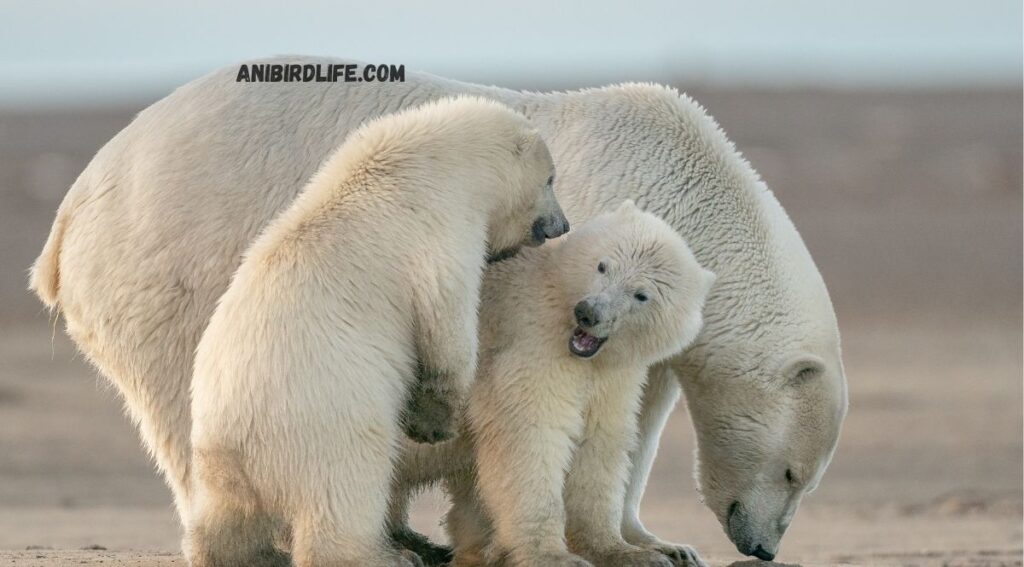
Arctic Foxes – Masters of Adaptation
The Arctic fox is a small but mighty survivor. Its thick fur changes color with the seasons – white in winter and brown in summer – providing perfect camouflage year-round.
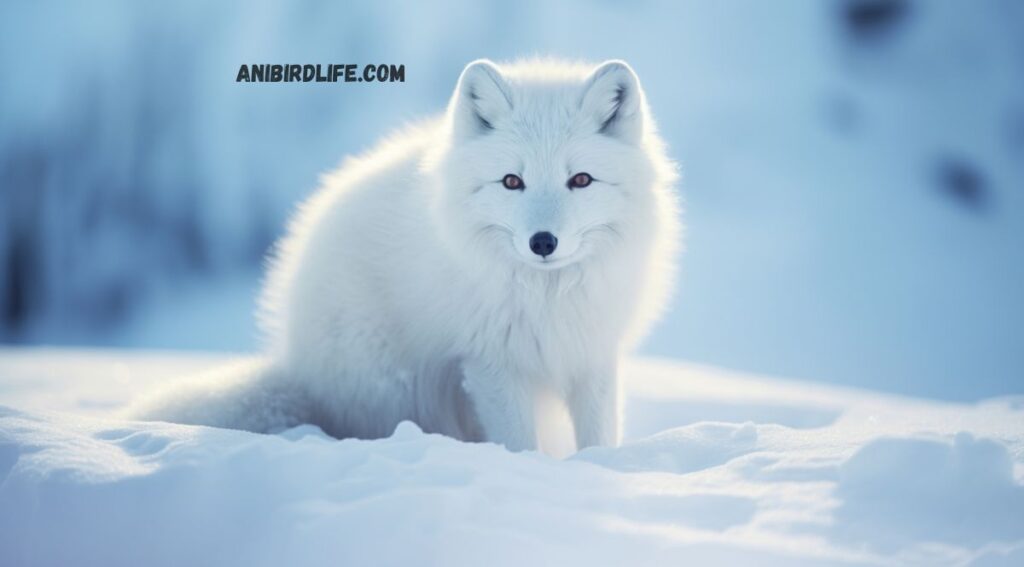
Snowy Owls – Silent Hunters of the Snow
With their striking white feathers, snowy owls blend seamlessly into their surroundings. They’re expert hunters, relying on their keen eyesight and silent flight to catch prey.
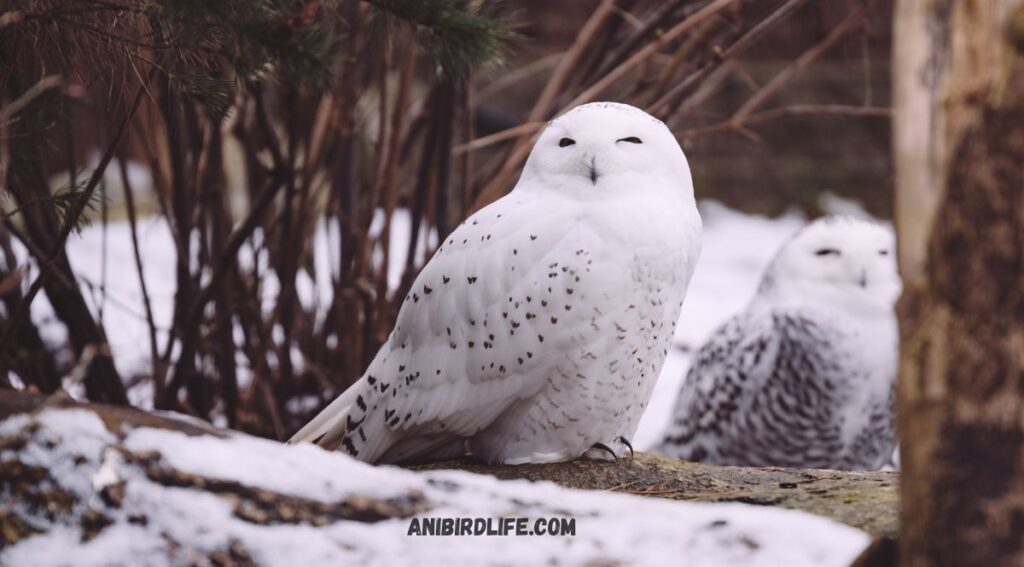
Narwhals – The Unicorns of the Sea
Narwhals are known for their long, spiral tusks, which are actually elongated teeth. These mysterious creatures are perfectly adapted to life in icy waters.
Arctic Wolves – Pack Predators of the North
Arctic wolves are smaller than their southern cousins but are just as fierce. They hunt in packs, often preying on musk oxen and caribou.
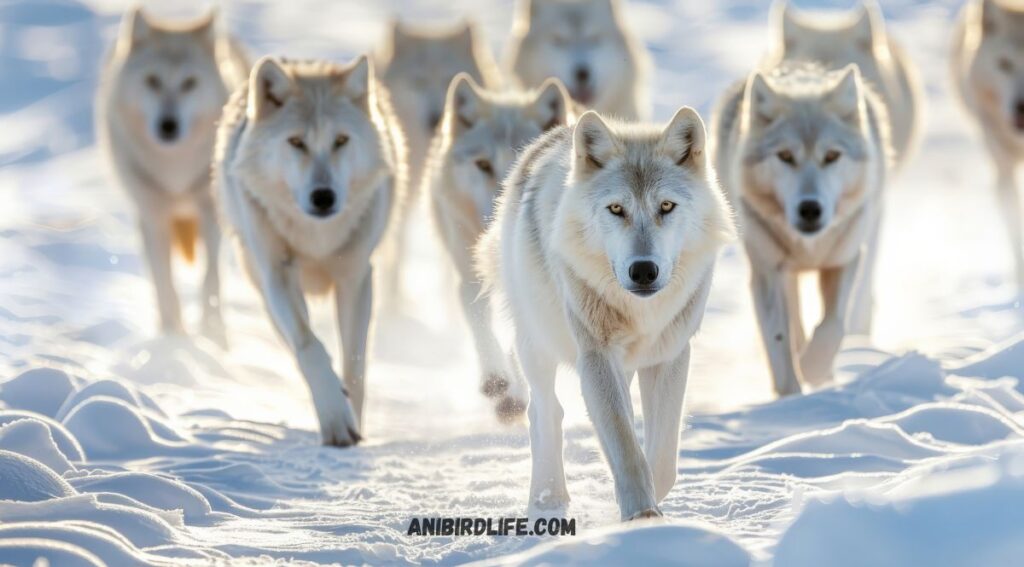
Walruses – The Social Giants
Walruses are instantly recognizable thanks to their long tusks and whiskered faces. These massive creatures spend much of their time on ice floes and use their tusks to pull themselves out of the water or break through ice. They are highly social animals, often seen lounging in large groups.
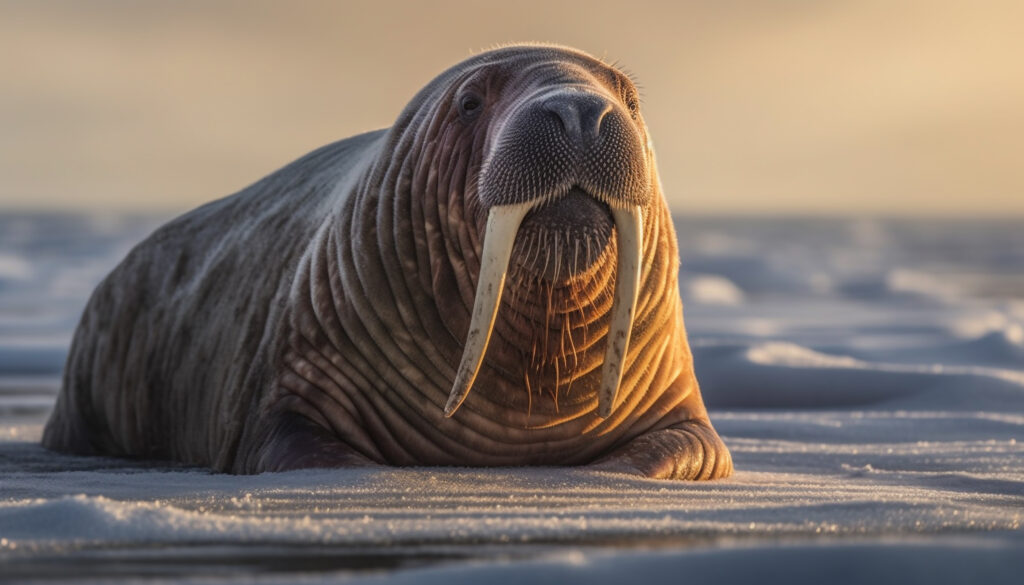
Caribou – The Arctic Travelers
Caribou, also known as reindeer in Europe, are migratory animals that travel vast distances in search of food. Their thick coats and specialized hooves make them perfectly suited for snowy environments. Caribou are also crucial to indigenous Arctic cultures, providing food, clothing, and tools.
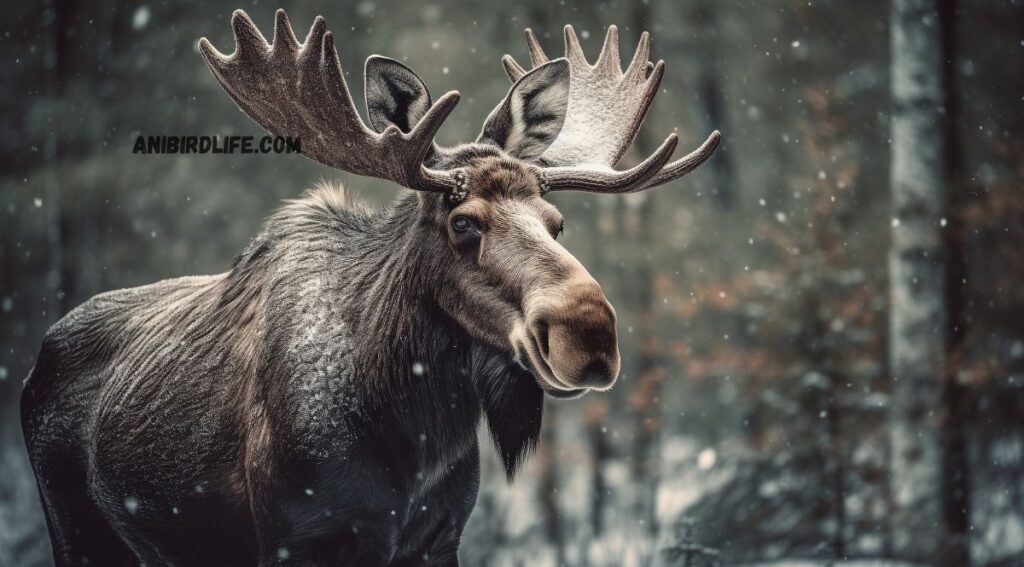
Seals – Masters of the Ice
Several species of seals, such as harp seals and ringed seals, are native to the Arctic. They rely on sea ice for resting and giving birth. Their thick blubber and streamlined bodies make them excellent swimmers, allowing them to dive deep into icy waters to hunt for fish.
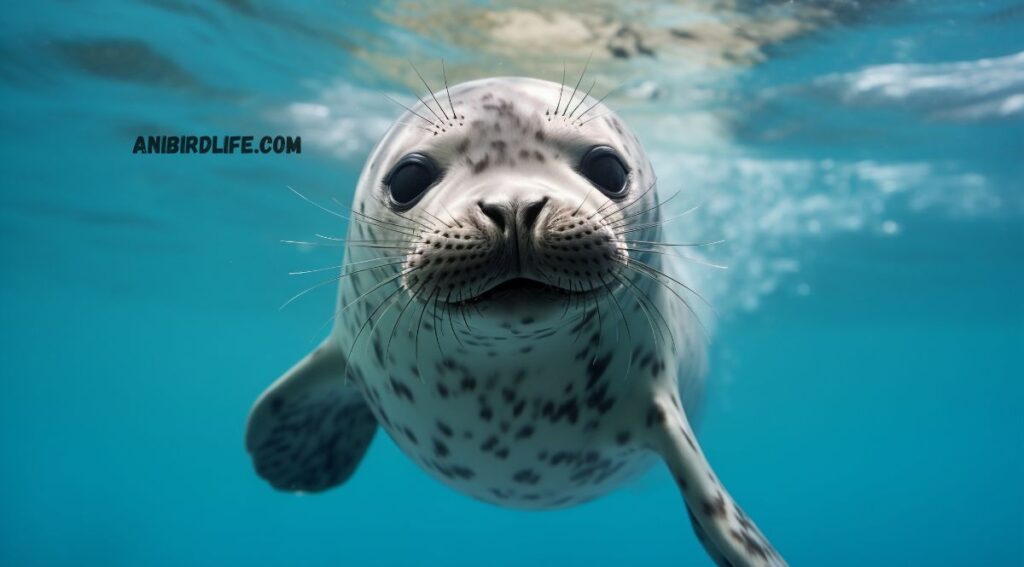
Lesser-Known Arctic Creatures Deserve Attention
Krill and Arctic Plankton – The Tiny Foundation
Although tiny, krill and plankton play a massive role in the Arctic ecosystem. These small creatures form the base of the food chain, supporting animals like whales, fish, and seabirds.
Arctic Hares – Speed and Agility in the Snow
Arctic hares are built for the cold with their thick fur and strong legs. These speedy animals can outrun predators like Arctic foxes and wolves, zigzagging across the snow to escape.
Ivory Gulls – The Arctic Scavengers
Ivory gulls are striking birds with pure white feathers. They are opportunistic feeders, often scavenging the remains of polar bear kills to survive.
Seasonal Changes in the Arctic wildlife
The Arctic undergoes dramatic seasonal shifts. During the summer months, the sun never sets, creating a phenomenon called the Midnight Sun. This constant daylight triggers a burst of life as plants grow, insects buzz, and animals take advantage of the short growing season. Conversely, in winter, the Arctic is plunged into darkness for months, with only the Northern Lights providing a magical glow across the icy landscape.
Diverse Habitats in the Arctic
The Arctic isn’t just one giant sheet of ice. It features diverse habitats, including tundras, ice caps, and the Arctic Ocean. Each of these environments hosts unique species that have adapted specifically to those conditions.
Adaptations That Defy Nature
Arctic wildlife animals possess extraordinary adaptations that go beyond just surviving they’ve mastered the art of thriving in the cold.
Specialized Feet and Paws
Arctic animals like caribou and polar bears have specially adapted feet. Caribou hooves are broad and flat, allowing them to walk on snow without sinking, much like natural snowshoes. Polar bears, on the other hand, have fur on their paws that provides extra warmth and grip on slippery ice.
Hibernation and Torpor
Many Arctic species, such as bears and Arctic ground squirrels, rely on hibernation or torpor during winter. This state of reduced metabolic activity conserves energy when food is scarce. Arctic squirrels are especially fascinating because their body temperatures can drop below freezing without harming them.
Behavioral Strategies
Survival in the Arctic isn’t just about physical traits. Many animals employ clever behaviors to outlast the harsh winters. For example, musk oxen form tight circles to protect their young from predators and icy winds.
Key Adaptations of Arctic Animals
To survive the unforgiving conditions, Arctic animals rely on physical and behavioral adaptations.
Insulation and Thick Fur
Most Arctic animals, like polar bears and Arctic foxes, have thick fur that traps heat and keeps them warm. Their fur often has a double layer – an inner layer for insulation and an outer layer that repels water.
Fat Layers for Warmth
Marine animals like seals, whales, and walruses rely on blubber – a thick layer of fat – to stay warm in icy waters. Blubber not only insulates but also provides energy reserves during food shortages.
Camouflage in the Snow
To evade predators, many Arctic animals, such as Arctic hares and ptarmigans, change their coat colors to blend with the snow.
The Looming Threat of Climate Change
The Arctic is warming at an alarming rate, and this rapid change is having a devastating impact on wildlife.
Shrinking Habitats
Sea ice is essential for many Arctic animals, including polar bears, seals, and walruses. As the ice melts, these species are forced to adapt to smaller and less stable habitats. For polar bears, this means traveling greater distances to find food, leading to exhaustion and starvation.
Disrupted Food Chains
Warming waters and changing sea ice patterns are affecting the availability of food. For example, plankton and krill populations are shifting, impacting fish and the predators that rely on them.
Rising Competition
As the Arctic becomes more accessible due to melting ice, human activities like shipping, oil exploration, and tourism are increasing. This not only disrupts animal habitats but also introduces pollution and noise, further stressing Arctic species.
What We Can Do to Protect Arctic Wildlife
Protecting Arctic wildlife requires a global effort. Here are a few ways we can assist you:
Reduce Carbon Emissions: Lowering greenhouse gases can slow down Arctic warming.
Support Conservation Efforts: Donate to organizations working to protect Arctic species and habitats.
Adopt Sustainable Practices: Reducing plastic use and making eco-friendly choices can help minimize pollution.
Spread Awareness: Educate others about the importance of Arctic ecosystems and the threats they face.
Conclusion:
The Arctic is one of the last great wildernesses on Earth, home to some of the planet’s most remarkable creatures. But this fragile ecosystem is under threat, and time is running out to save it. By taking action now, we can help ensure that future generations will still have the chance to marvel at the beauty of Arctic wildlife.
FAQs
How many species live in the Arctic?
The Arctic is home to thousands of species, including mammals, birds, fish, and invertebrates, all uniquely adapted to its environment.
What role do Arctic animals play in the ecosystem?
Arctic animals maintain the balance of the food web, from apex predators like polar bears to small herbivores like lemmings that support larger predators.
Are there any Arctic animals found only in the Arctic?
Yes, some species, like the narwhal and Arctic fox, are found exclusively in Arctic regions.
Do Arctic animals face predators?
Yes, even top predators like polar bears face challenges from other predators or threats like starvation due to changing ice conditions.
What is the future outlook for Arctic wildlife?
While the outlook is concerning due to climate change, ongoing conservation efforts and international cooperation could provide hope for many Arctic species.
